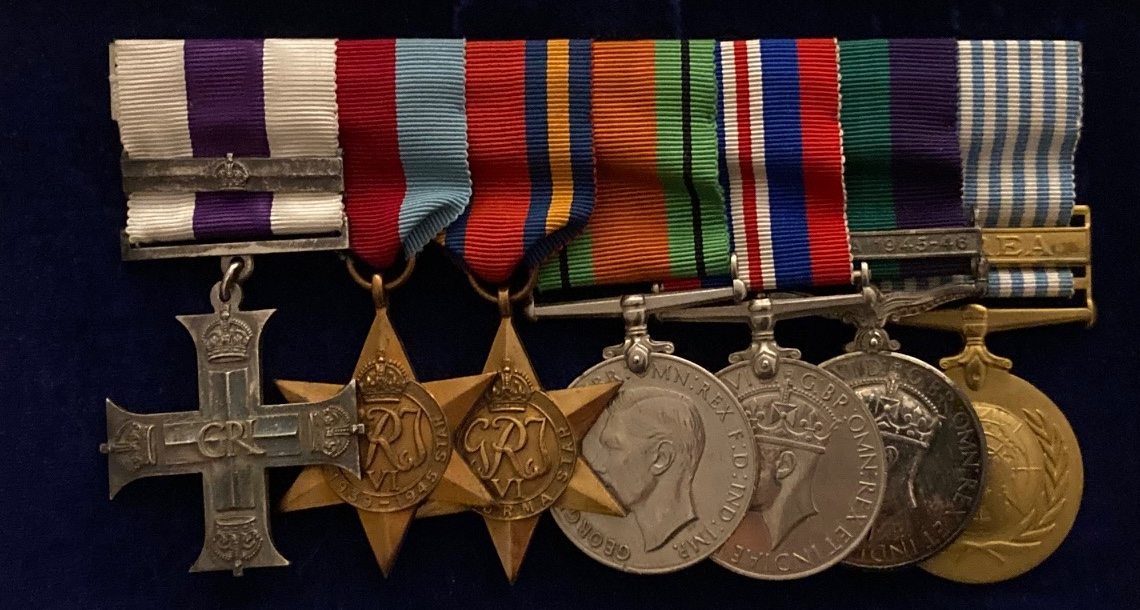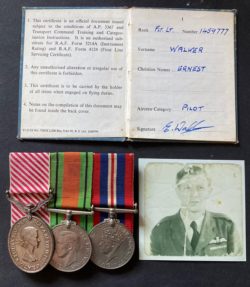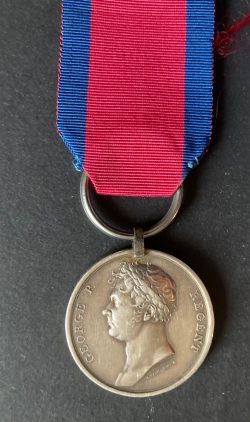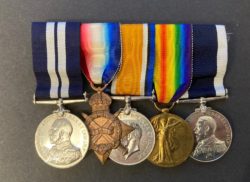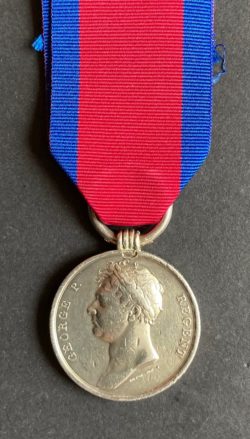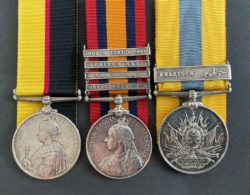-
×
 Fine 1940 DFM 40 Squadron (Blenheims) shot down and wounded, made ashore by dinghy where taken prisoner of war. Following six months in hospital was held in a series of camps until 1945 with photographic images of the recipient, and an original letter written whilst PoW
1 × £2,500.00
Fine 1940 DFM 40 Squadron (Blenheims) shot down and wounded, made ashore by dinghy where taken prisoner of war. Following six months in hospital was held in a series of camps until 1945 with photographic images of the recipient, and an original letter written whilst PoW
1 × £2,500.00
Subtotal: £2,500.00
